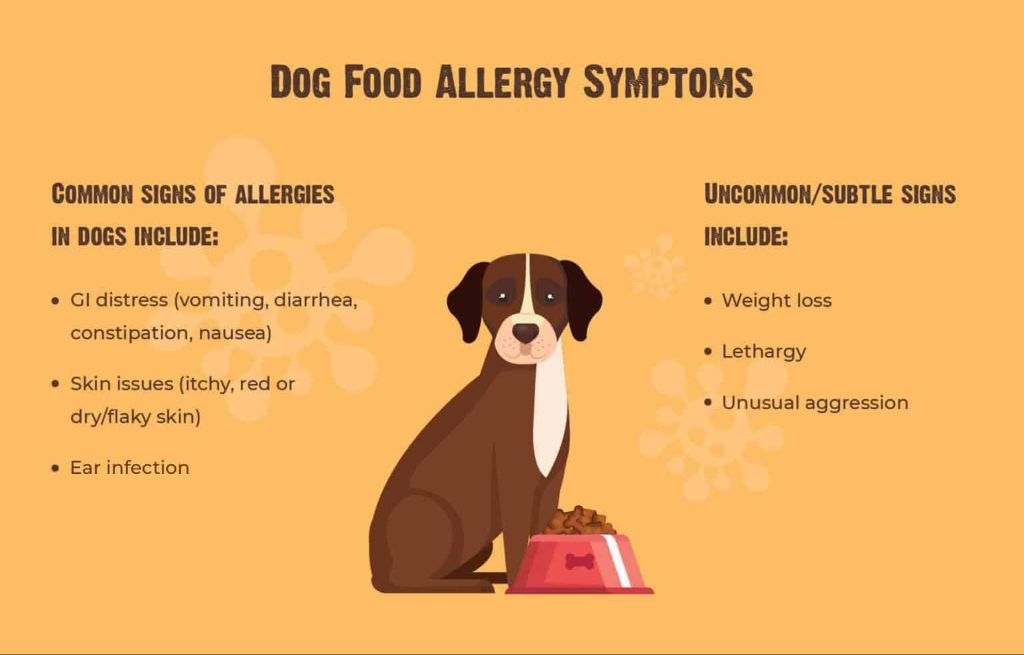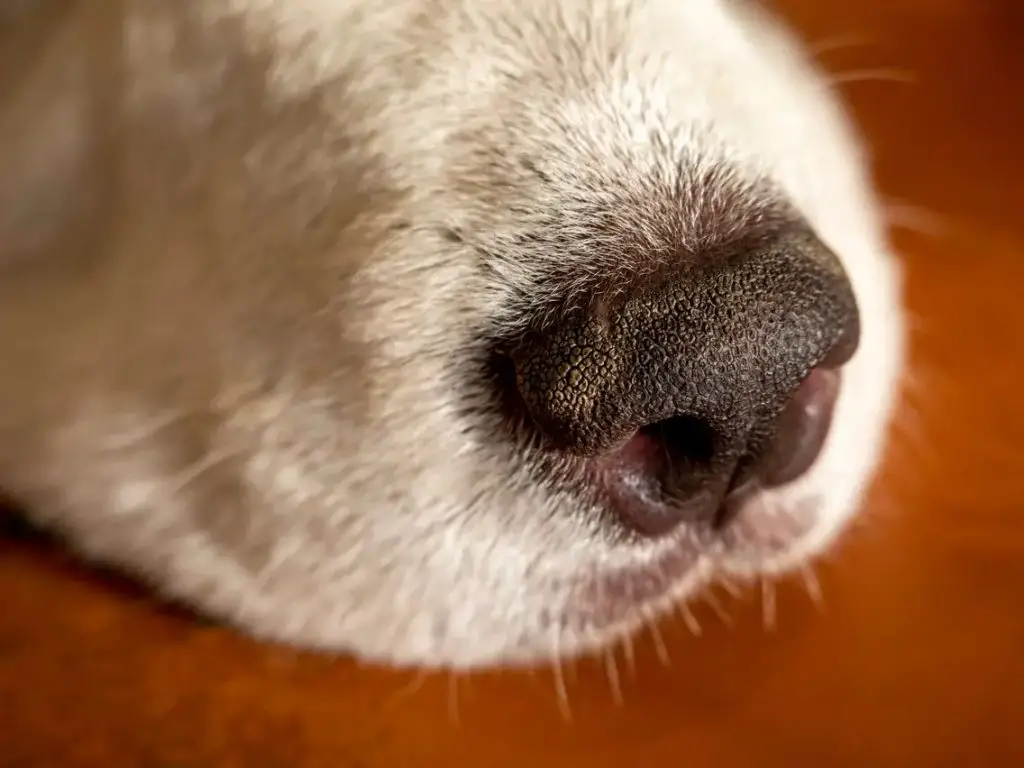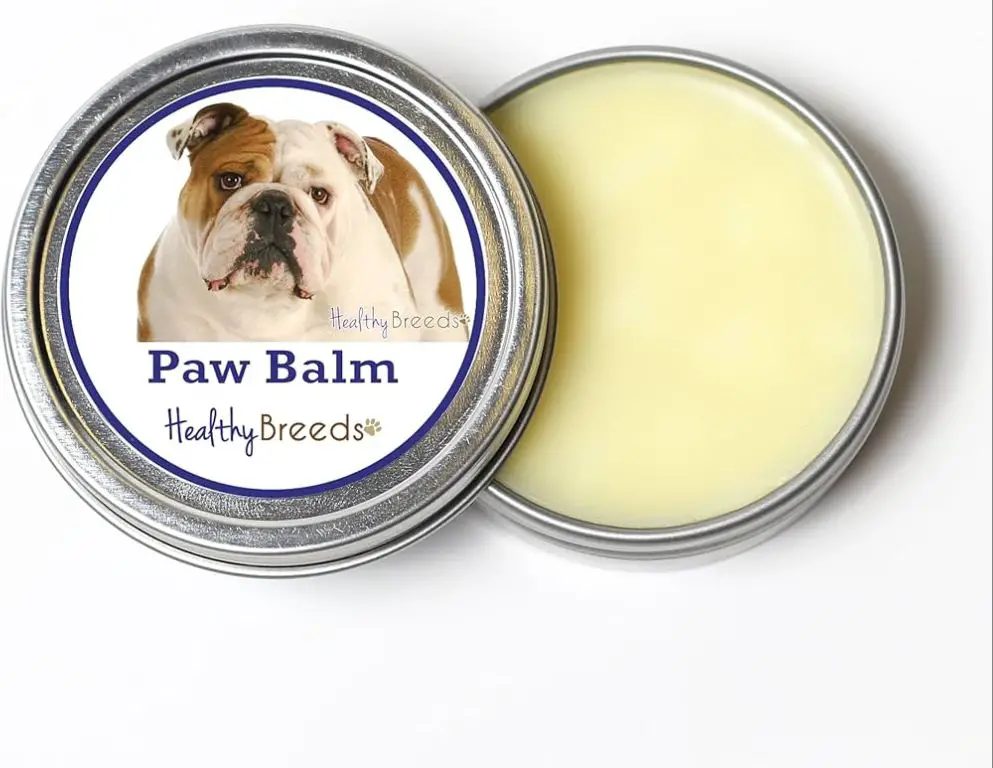Introduction
A dog’s nose is one of their most important body parts. The nose plays a crucial role in a dog’s ability to explore the world around them through their powerful sense of smell. A healthy moist nose allows dogs to pick up scents and odors in their environment. However, sometimes a dog’s nose can become dry, cracked, or crusty which can be concerning for pet owners. A dry nose could indicate something as simple as a bit of dry skin or it may point to more serious health conditions like allergies or disease. Understanding the causes of dry, cracked noses in dogs is the first step to getting your pup’s snout back to tip-top shape.
Anatomy of a Dog’s Nose
A dog’s nose contains a high quantity of blood vessels and nerves, making it very sensitive to touch, temperature, and scent. The moist tissues inside a dog’s nose have an extensive surface area, allowing odors to dissolve so scent particles can bind to receptors. This is key for your dog’s powerful sense of smell.
The wet nose helps dogs absorb scent chemicals. Nasal glands produce a thin layer of mucous that traps odor molecules. When a dog inhales, air gets filtered through nasal turbinates that swirl the air to absorb more scent particles. The moist nose also cools the air before it reaches the lungs.
This delicate nasal tissue means a dog’s nose needs protection. Whiskers help sense objects near the nose and divert airflow away from the nostrils. Dogs also have a sneeze reflex to clear irritants. If the nose becomes too dry or cracked, it can’t function properly and becomes vulnerable to damage.
Common Causes

There are a few common causes that can lead to dry, cracked noses in dogs:
Dehydration
Dehydration is a major cause of dry, cracked noses in dogs. When dogs don’t get enough water, their mucous membranes including the nose can become very dry. This leads to cracking of the nasal planum (the nose leather). Making sure your dog always has access to fresh, clean water can help prevent dehydration.
Sun Exposure
Too much unprotected sun exposure can lead to dryness and cracking of your dog’s nose. The sun causes damage to the tender skin on the nose, removing protective oils and allowing the skin to become chapped. Limiting time in the midday sun and using pet-safe sunscreen on the nose can help prevent sun damage.
Foreign Objects
Dogs’ noses are very sensitive, and foreign objects like dirt, dust, chemical cleaners, etc can irritate the nasal planum. If your dog’s nose comes into contact with an irritant, it can cause inflammation, dryness, and cracking. Keeping the nose clean and avoiding contact with harsh irritants is important.
Allergies

Allergies are one of the most common causes of a dry, cracked nose in dogs. Dogs can develop allergies to things they inhale, touch, or ingest. The two main categories of allergies that can lead to nose irritation are environmental allergens and food allergies.
Environmental Allergens
Dogs can be allergic to a wide variety of airborne particles like pollen, dust mites, and mold spores. These allergens cause an overreaction of the immune system, leading to inflammation, itching, and dryness of the nose. Seasonal allergies to pollen tend to flare up in spring, summer, or fall when pollen counts are high. But dogs can also have year-round allergies to indoor allergens like dust mites, mold, and pet dander.
Food Allergies
Allergies to ingredients in dog food is another common cause of nose irritation. Some dogs develop allergic reactions to proteins in meats like beef, chicken, lamb or fish. Grains like wheat and corn can also trigger allergies in some dogs. Food allergies cause systemic inflammation that can lead to itchy skin, ear infections, and nasal irritation. Tracking when the symptoms occur and eliminating suspect ingredients can help identify and manage food allergies.
Diseases
Certain diseases can cause dryness and cracking of a dog’s nose. Two of the most common are canine distemper and discoid lupus erythematosus.
Canine Distemper
Canine distemper is a highly contagious viral disease that affects a dog’s respiratory, gastrointestinal, and nervous systems. It is spread through airborne exposure and contact with infected bodily fluids. An early sign of distemper is a dry, cracked nose accompanied by discharge. The nose may turn pinkish-red and scaly as the disease progresses. Distemper attacks a dog’s immune system, making them prone to secondary infections that can also cause nose damage.
Discoid Lupus Erythematosus
Discoid lupus erythematosus (DLE) is an autoimmune disease that causes inflammation and sores on a dog’s nose. The nose becomes crusty, flaky, and thickened due to the attacks on the skin by the immune system. As the disease advances, the nose can become ulcerated and cracked. DLE often strikes Collies, German Shepherds, Shetland Sheepdogs, and Retrievers. It tends to develop in young to middle-aged dogs and can lead to permanent scarring if left untreated.
Weather

Cold winter air and windy conditions can lead to dry, cracked noses in dogs. The dry air pulls moisture away from the tender skin on a dog’s nose. Plus, wind blows away the protective tear film over the nasal planum (the hairless part of a dog’s nose). This leads to irritation, flaking, cracking, and nose bleeds.
Dogs with short or thin hair coats are particularly prone to nasal planum drying in cold weather. Breeds like Boxers, Pugs, and Pit Bulls have less fur coverage to protect their noses. Snow, especially freshly fallen powdery snow, can also contribute to nose dryness. The snow sticks to the nasal planum, damaging the skin.
During the winter, keep your dog’s nose protected with dog safe moisturizers. Avoid prolonged time outdoors on dry, windy days. Make sure your dog has access to plenty of fresh water. Use a humidifier indoors to add moisture back into the air. Check your dog’s nose daily for any signs of cracking or discomfort. See your veterinarian promptly if problems persist.
Nutrition
A dog’s diet can play a big role in keeping their nose healthy and hydrated. Many dogs suffer from dry, cracked noses due to a lack of certain nutrients in their food.
In particular, a diet low in fatty acids can contribute to nose dryness. Fatty acids help maintain the lipid barrier on a dog’s nose, which prevents moisture loss. Omega-3 and omega-6 fatty acids like those found in fish oils are especially important.
Quality dog foods will contain adequate levels of fatty acids. But dogs with very dry noses may need supplementation. Talk to your vet about adding a fish oil supplement if your dog’s dry nose seems related to poor nutrition.
Avoid low quality dog foods with lots of filler ingredients. And if switching foods, do so gradually to avoid digestive upset.
With a balanced, nutritious diet containing adequate fatty acids, you can help hydrate your dog’s nose from the inside out.
Prevention

There are several things you can do to help prevent your dog’s nose from becoming dry and cracked:
Moisturize Their Nose – Applying nose balm or coconut oil to your dog’s nose can help keep it moisturized. Only use pet-safe products and monitor your dog after application to ensure they don’t try to lick it off.
Limit Sun Exposure – The sun’s ultraviolet rays can dry out and damage your dog’s nose. Try to limit their time in direct sunlight, especially during peak hours. You can also apply dog-safe sunscreen when they will be outside for extended periods.
Provide a Nutritious Diet – Make sure your dog’s food contains nutrients that support skin health, like omega-3 fatty acids. Avoid low-quality filler ingredients that lack nutritional value.
With diligent care and prevention methods, you can help keep your dog’s nose in great condition despite environmental factors that dry it out.
Home Remedies
There are several natural home remedies that can help soothe and heal dry, cracked noses in dogs. Two of the most effective home remedies are coconut oil and shea butter.
Coconut Oil
Coconut oil is an excellent moisturizer for dry, cracked dog noses. It contains nutrients like lauric acid and vitamin E that help hydrate, soothe inflammation, and promote healing. To use coconut oil:
- Apply a small amount of extra virgin coconut oil to your dog’s nose and massage it in gently.
- Focus on any visibly cracked or irritated areas.
- Repeat 2-3 times per day until the nose is rehydrated.
Shea Butter
Like coconut oil, shea butter is an intensely moisturizing natural product. It melts at body temperature and helps replenish oils in dry skin and noses. To use shea butter:
- Apply a pea-sized amount of organic, unrefined shea butter to your dog’s nose.
- Gently rub it into the nose, especially any cracked areas.
- Apply 1-2 times per day as needed to heal dryness.
Both coconut oil and shea butter are gentle, soothing products to help heal cracked noses from the inside out. They can bring relief to dry, irritated skin when applied topically. Always monitor your dog’s skin and talk to your vet if their nose doesn’t improve.
Professional Care
If home remedies do not improve your dog’s dry, cracked nose, it’s important to seek professional veterinary care. Some of the potential underlying causes like allergies, autoimmune diseases, and infections require prescription medications and specialized treatments.
During the veterinary exam, the vet will assess your dog’s overall health, take a sample of the nasal tissue if needed, and determine the cause of the dry nose. They may prescribe oral or topical medications to treat infections, reduce inflammation, boost moisture, or address other issues.
Medications commonly used for dry dog noses include antibiotic ointments, corticosteroid creams, supplements like omega-3 fatty acids, and hydrocortisone sprays. Oral medications may include antihistamines for allergies, immunosuppressants for autoimmune diseases, antifungals, and antibiotics.
Your vet can also suggest long-term management solutions like allergen immunotherapy, dietary changes, and humidity modifications. Follow their recommendations carefully to restore the health of your dog’s nose.